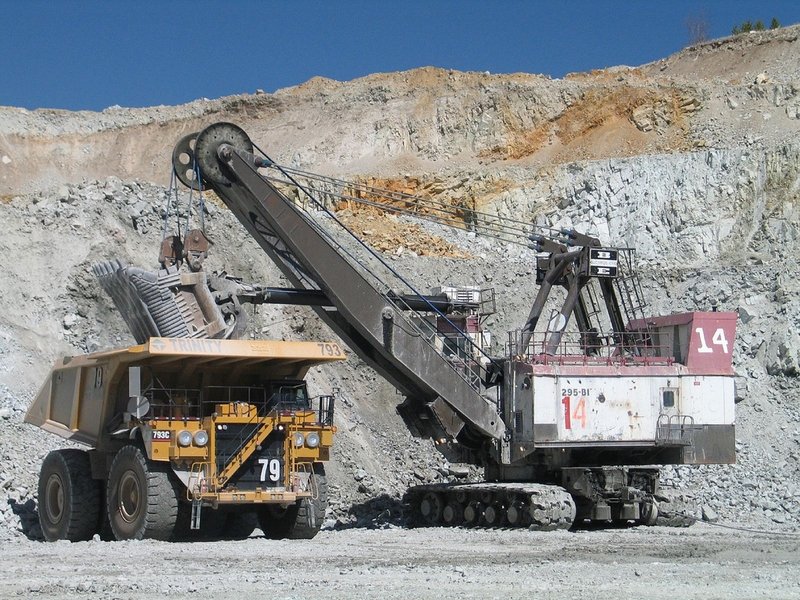|
|
Very Large Trucks
|
Common North American setups include 9, 10, 13, 15, and 18 speeds. Automatic and semi-automatic transmissions for heavy trucks are becoming more and more common, due to advances both in transmission and engine power. In Europe, 8, 10, 12 and 16 gears are common on larger trucks with manual transmission, while automatic or semi-automatic transmissions would have anything from 5 to 12 gears. Almost all heavy truck transmissions are of the "range and split" (double H shift pattern) type, where range change and so‑called half gears or splits are air operated and always preselected before the main gear selection.
• Frame
A truck frame consists of two parallel boxed (tubular) or C‑shaped rails, or beams, held together by crossmembers. These frames are referred to as ladder frames due to their resemblance to a ladder if tipped on end. The rails consist of a tall vertical section (two if boxed) and two shorter horizontal flanges. The height of the vertical section provides opposition to vertical flex when weight is applied to the top of the frame (beam resistance). Though typically flat the whole length on heavy duty trucks, the rails may sometimes be tapered or arched for clearance around the engine or over the axles. The holes in rails are used either for mounting vehicle components and running wires and hoses, or measuring and adjusting the orientation of the rails at the factory or repair shop.
The frame is almost always made of steel, but can be made (whole or in part) of aluminum for a lighter weight. A tow bar may be found attached at one or both ends, but heavy trucks almost always make use of a fifth wheel hitch.
|
|









